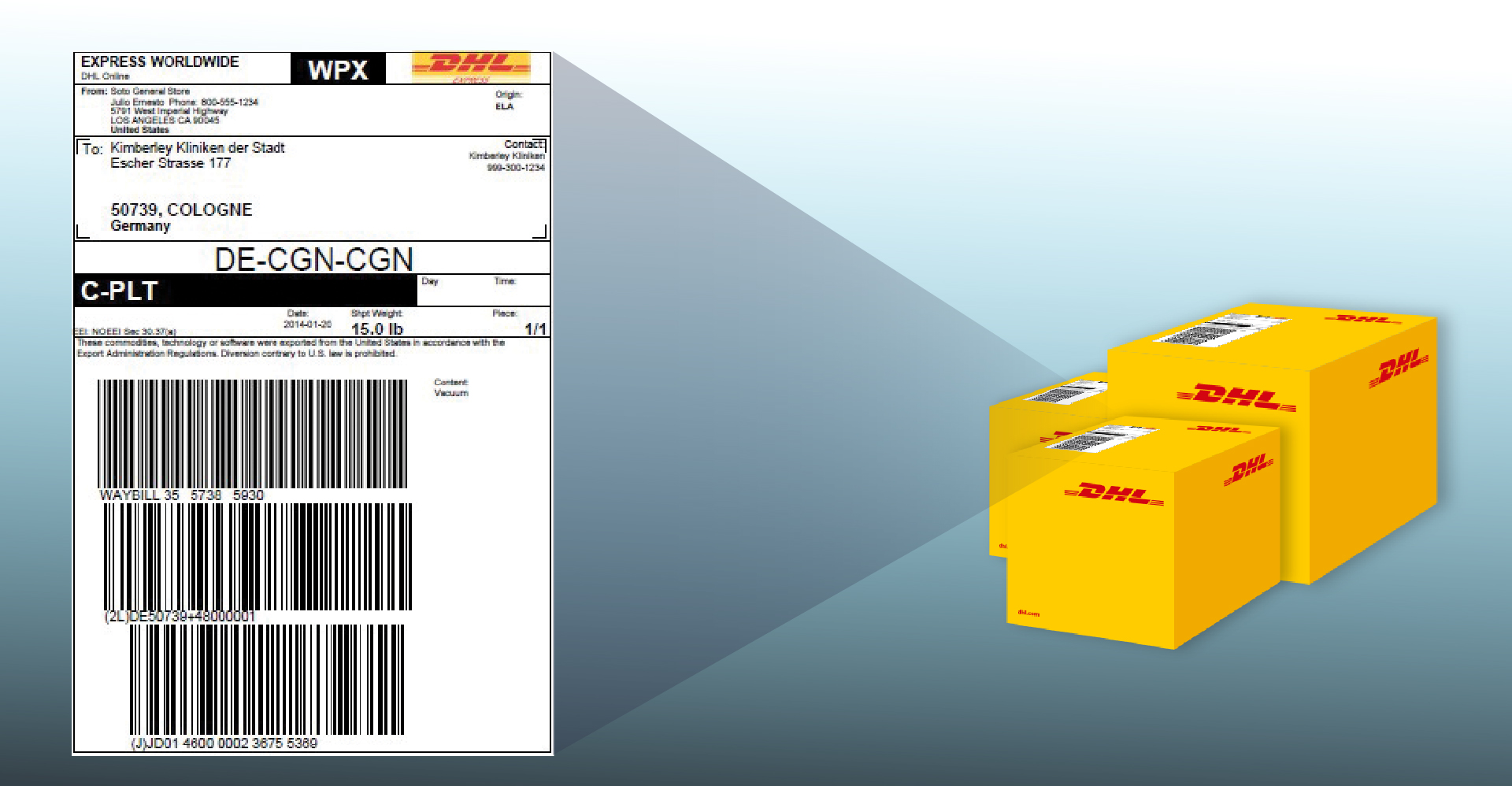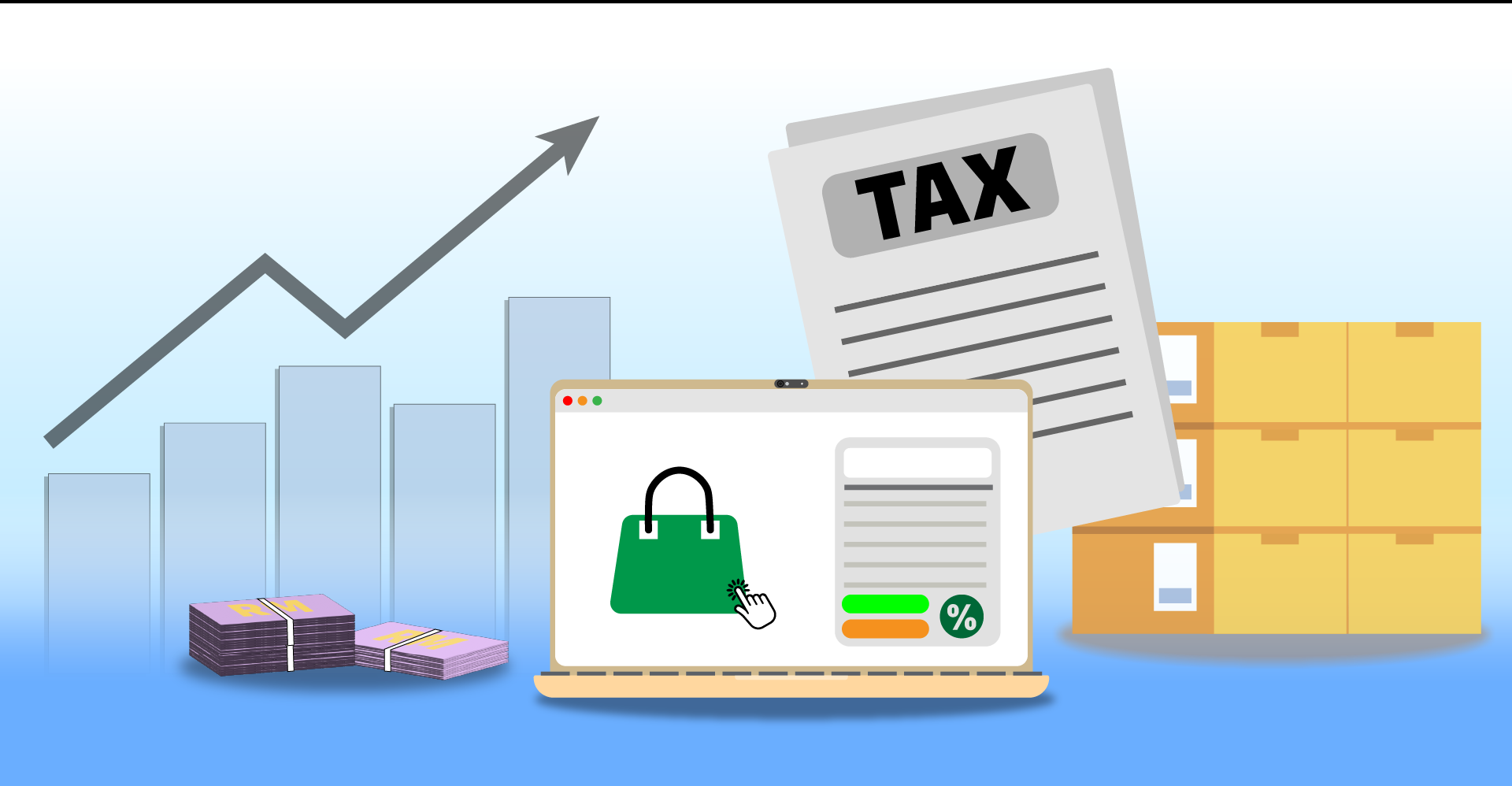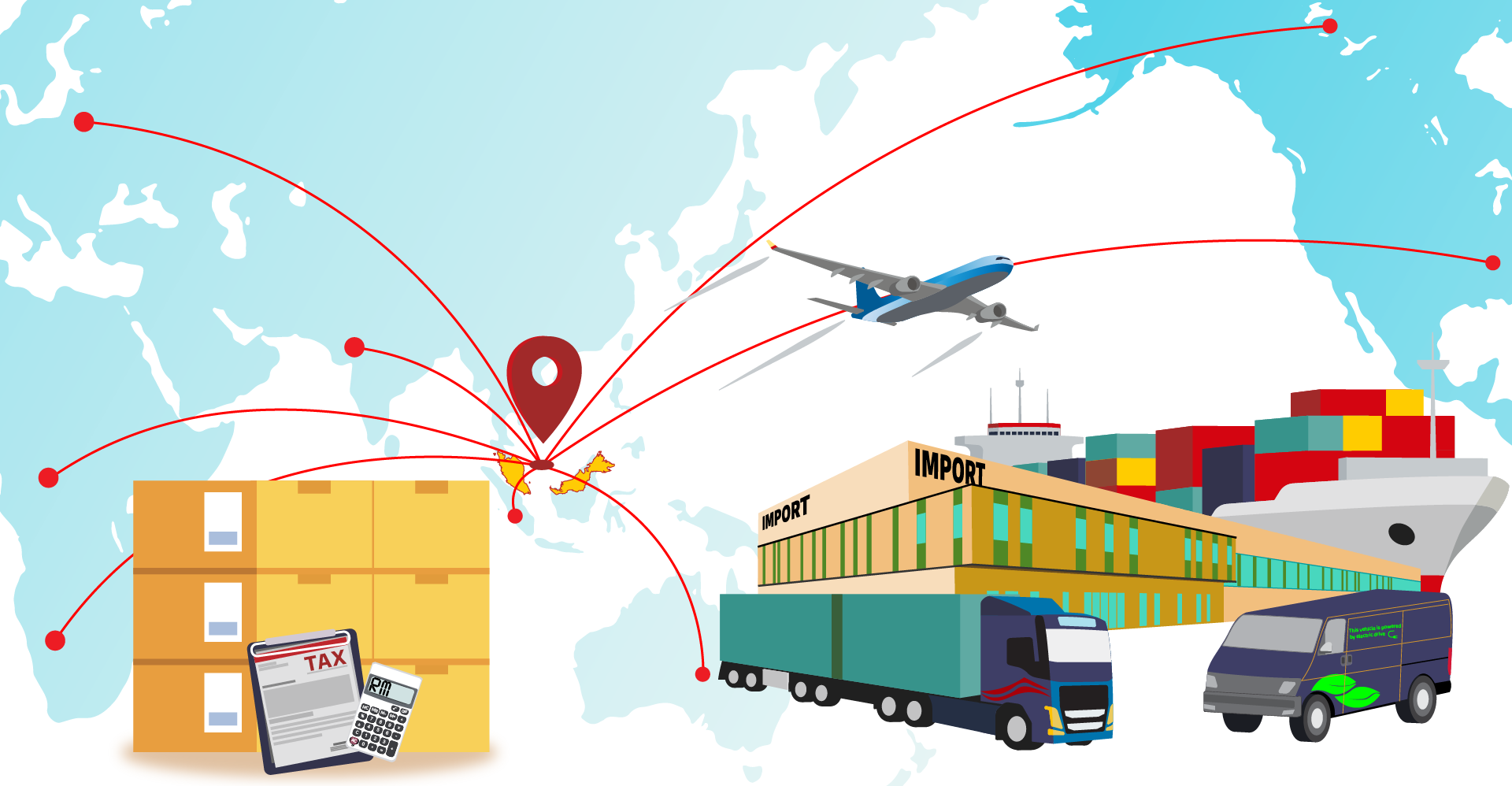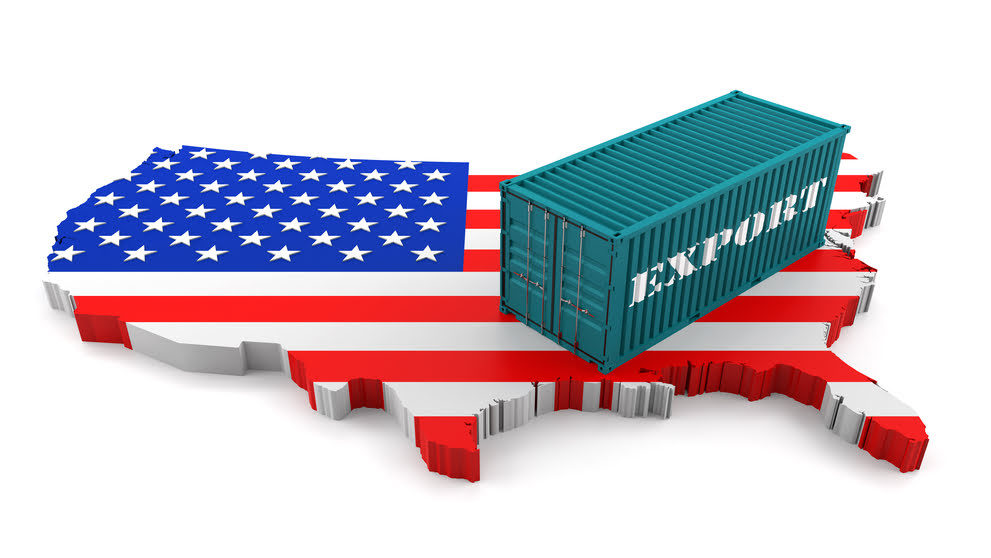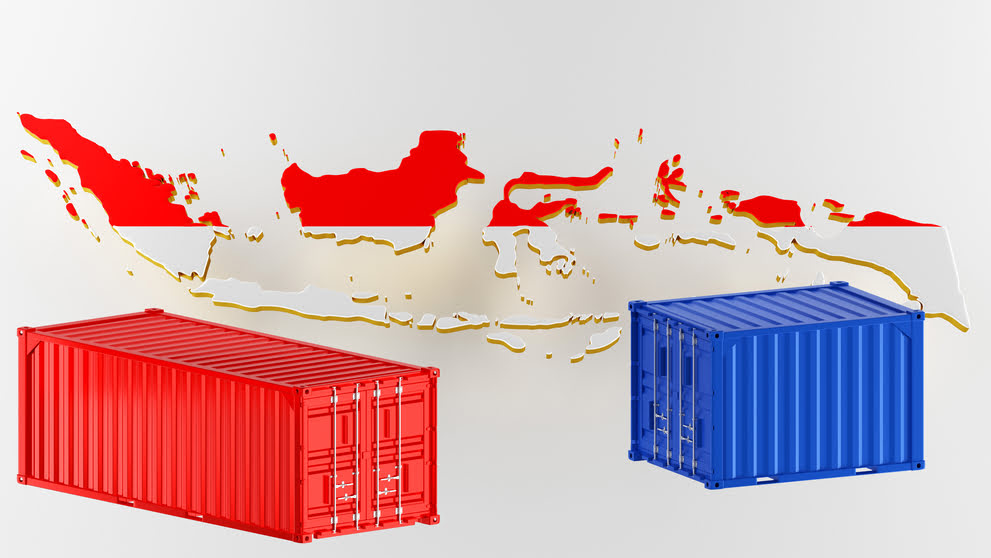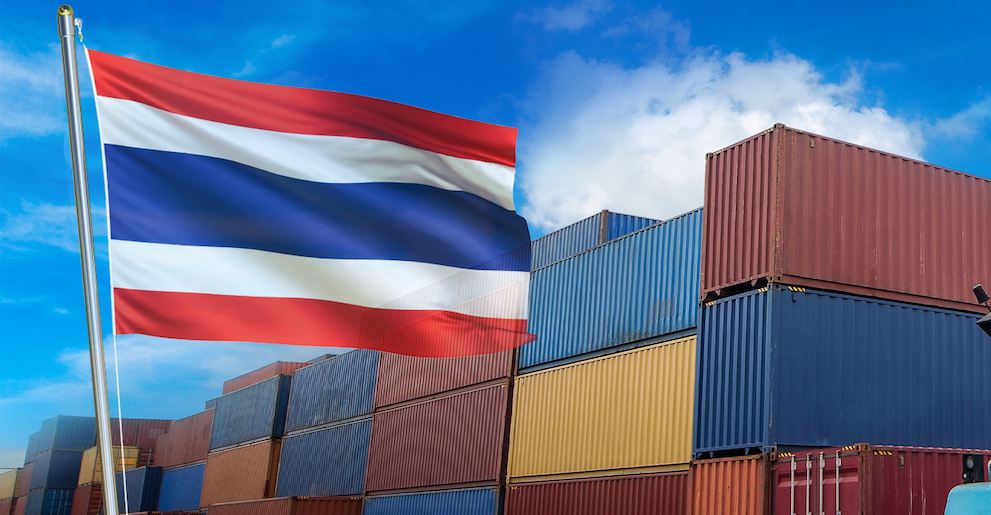When exporting products abroad, customs authorities often require various shipping documents in the source and destination countries. These documents contain the legal agreement between the buyer and seller and information regarding the shipment, addresses, and other relevant details. While filling out these shipping documents may seem simple, mistakes are often made in the process. This can lead to delays in imports or exports and even potential rejection of shipment.
Delayed shipments can snowball into bigger issues for companies in terms of damaged relationships with customers and suppliers and extra costs or penalties for missed delivery deadlines. By avoiding these mistakes, businesses can ensure that their shipment arrives on time without problems. To help you out in your last-mile delivery, this guide discusses common mistakes during document preparation, and recommends how these can be avoided.
Importance of shipping documents and challenges when filling out
Shipping documents provide critical information about the importer, exporter, and shipment. They are essential in ensuring the smooth and efficient operation of the international shipping process. Incomplete or inaccurate paperwork could result in shipment delays and rejections, inflated duty rates, disputes and many negative consequences.
These documents required for shipping may vary based on the type of cargo you are shipping and the cargo’s destination. For example, there are already as many as eight types of Bill of Lading, and many other variations may be required depending on the transportation arrangement.
Thus, the close similarities between these different variations can be perplexing for exporters to understand. Consequently, the wrong document may be filed for shipment, hampering the shipping process. As certain documents may also lack a standard format, exporters can miss out on required information during document preparation.
Common mistakes when filling out shipping documents and how to avoid them
With how confusing shipping documents can be, making mistakes when filling them out is easy. The following are the common mistakes people make when creating shipping documents:
1. Wrong or no contact details, payment information and packing list
Missing out or filling in the wrong contact details in a shipping invoice and bill of lading. This prevents the carrier and border authorities from reaching the designated contact when issues occur during transit. These can include lost and delayed shipments or delivery to the wrong address. Erroneous billing information will result in a delayed payment that may pose an inconvenience to the buyer and decrease their trust in the seller.
Meanwhile, wrongly completed packing lists may cause your shipment to be torn apart for inspection, resulting in delays and additional costs incurred to repack the cargo. These types of mistakes can be avoided by verifying the relevant contact information and financial details with all concerned parties before shipping and double-checking the information.
2. Wrong classification of goods
Products are required to be classified using the Harmonised System (HS) codes during import and export to help the relevant authorities determine if tariffs apply to the commodities. When the wrong codes are applied, it can result in shipment delay and even extra costs for paying to store your cargo in another location until the codes have been corrected.
However, shipping mistakes can be hard to avoid with different variations of this system across countries and over 5,000 HS codes in use. Thus, companies may wish to enlist the help of an experienced service provider to minimise costly, time-consuming errors.
3. Wrong value
Misrepresentation of the value of your goods on your shipping documents can have serious consequences, as a false declaration is considered a legal offence. The declared value of your goods can be based on the item’s cost price or retail price. To avoid misstating the value of your goods, you may wish to reconfirm with suppliers or the marketing personnel in charge of pricing matters.
4. Wrong classification of dangerous or hazardous goods
Wrongly classifying dangerous or hazardous goods on your shipping documents entails severe consequences, including potentially endangering the safety of those handling and inspecting the shipment. To avoid this mistake, ensure that only individuals with adequate knowledge fill out the product information.

Enjoy a fuss-free shipping experience with DHL Express
With the sheer amount of paperwork involved, apart from checking for careless mistakes, having an import or export shipping documents checklist can help exporters remain organised and ensure that the necessary documents are in place. Consequently, it reduces the chances for shipping mistakes to occur. Nonetheless, knowing what shipping documents are needed, the differences between similar forms and how best to fill them out can be overwhelming, especially for inexperienced exporters. Companies can avoid the frustration and costly mistakes by working with a shipping and logistics partner that is knowledgeable in the documentation requirements and regulations surrounding international trade. Through helpful import and export services, companies can navigate the complex paperwork and have their end-to-end shipment managed, making shipping internationally a breeze.





